DC Output Quality
For those of you that are curious as to some of the reasoning and equipment behind our PSU testing program here at TheFPSReview, we have put together an introduction for you that shares a lot of the behind-the-scenes of the program. This program is based on what the author developed at [H]ardOCP and utilizes the equipment bequeathed to the author by Kyle Bennett. The testing we are conducting today is exactly as described in that document and will continue with our examination of the DC Output Quality.
Control Test Graphing
This image is the blank background control test on an unused connector from our SM-8800 during the testing of the SilverStone SX1000. This lets us determine what the background noise looks like during testing.
120v Input
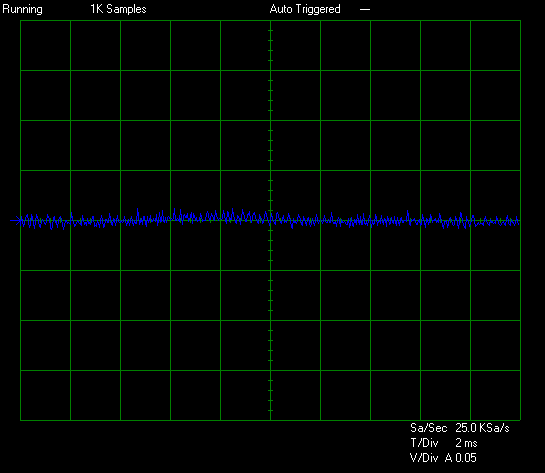
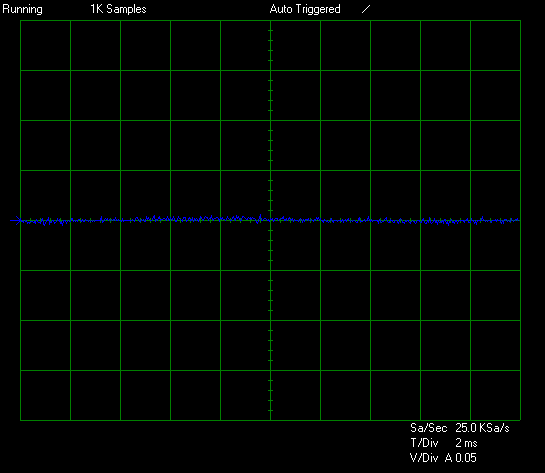
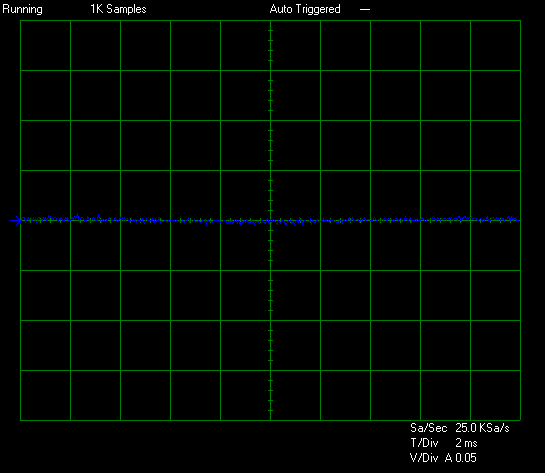
100v Input
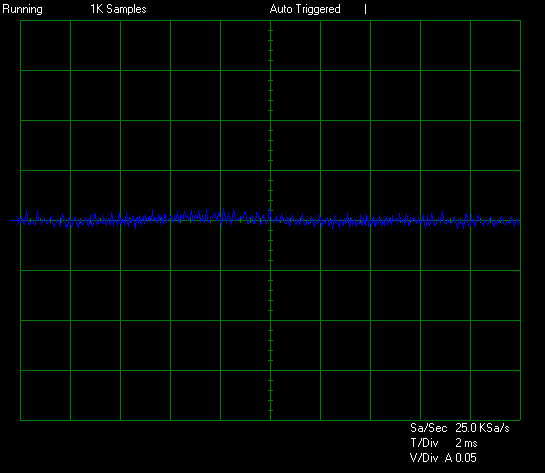
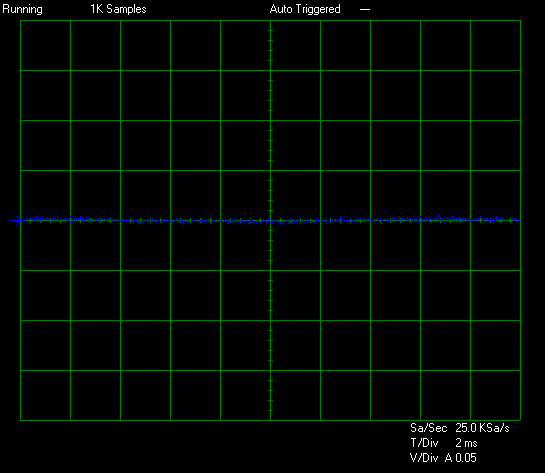
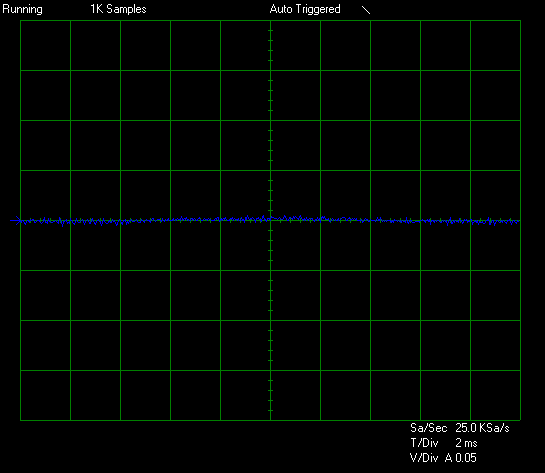
Test #1 is equal to approximately 25% of the rated capacity of the SilverStone SX1000 at 45c. This makes Test #1 equal to 268W by loading the 12v rail to 20a, the 5v rail to 2a, the 3.3v rail to 1a, the +5vsb to 2a, and the -12v to 0.3a . The SilverStone SX1000 is starting off in decent shape. The 12v rail is peaking at ~25mV of ripple/noise while the 5v and 3.3v rails are coming in at less than ~10mV of ripple/noise.
120v Input
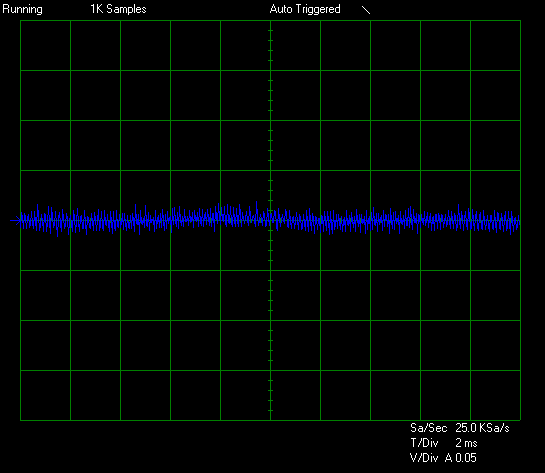
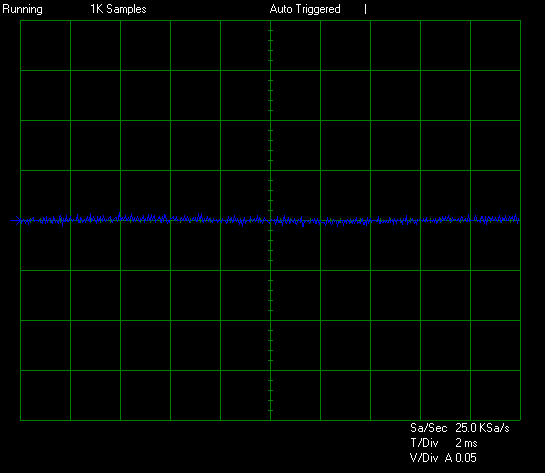
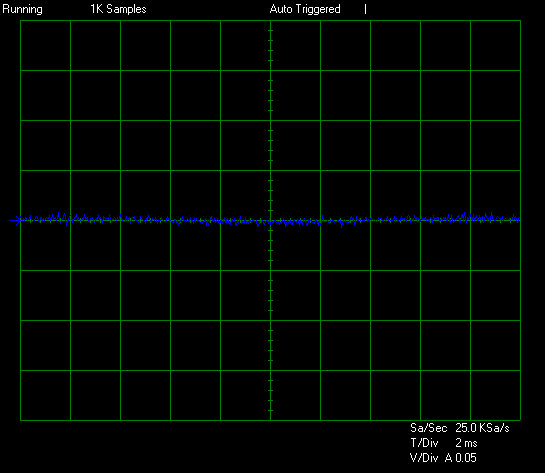
100v Input

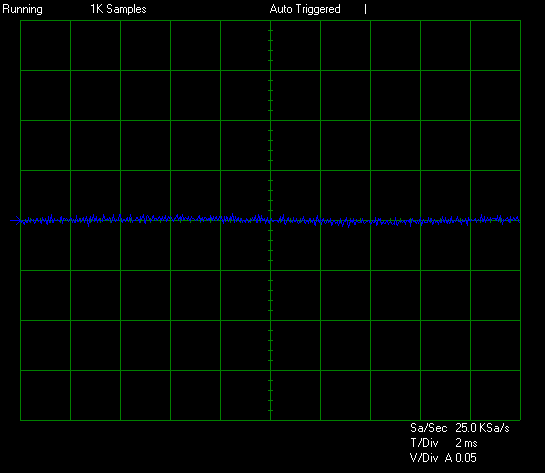
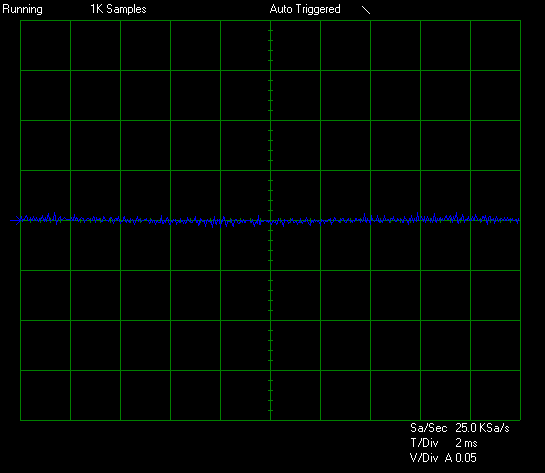
Test #2 is equal to approximately 50% of the rated capacity of the SilverStone SX1000 at 45c. This makes Test #2 equal to 492W by loading the 12v rail to 38a, the 5v rail to 3a, the 3.3v rail to 2a, the +5vsb to 2a, and the -12v to 0.3a. Test #2 sees only minor changes the 12v rail increases to ~35mV of ripple/noise and the minor rails are coming in at ~15mV of ripple/noise.
120v Input
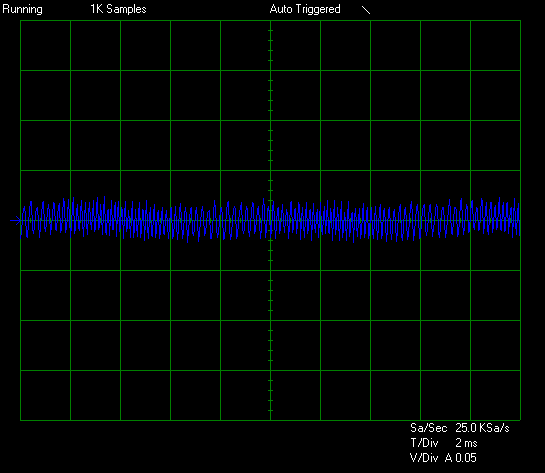


100v Input
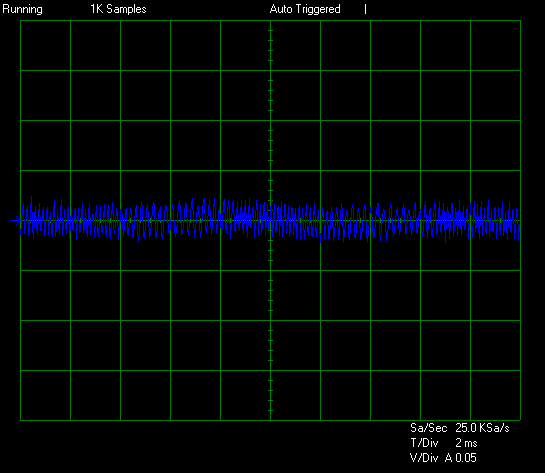
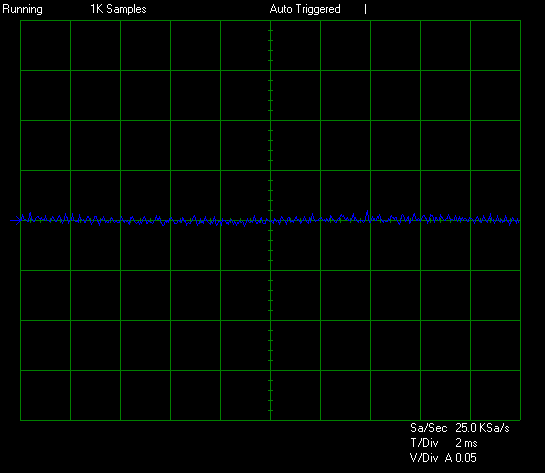
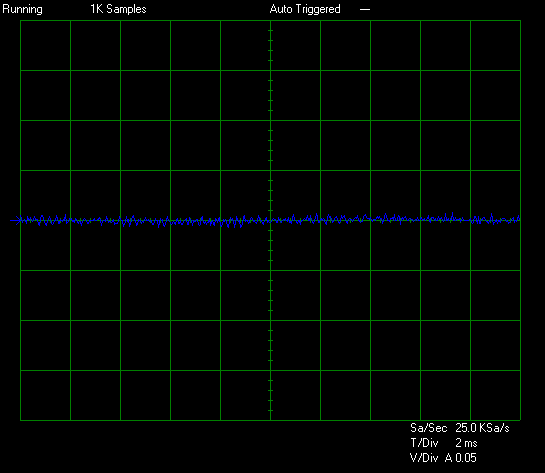
Test #3 is equal to approximately 75% of the rated capacity of SilverStone SX1000 at 45c. This makes Test #3 equal to 745W by loading the 12v rail to 58a, the 5v rail to 5a, the 3.3v rail to 4a, the +5vsb to 2a, and the -12v to 0.3a. Test #3 sees the 12v rail peaking at ~50mV of ripple/noise while the minor rails are coming in at ~25mV of ripple/noise.
120v Input
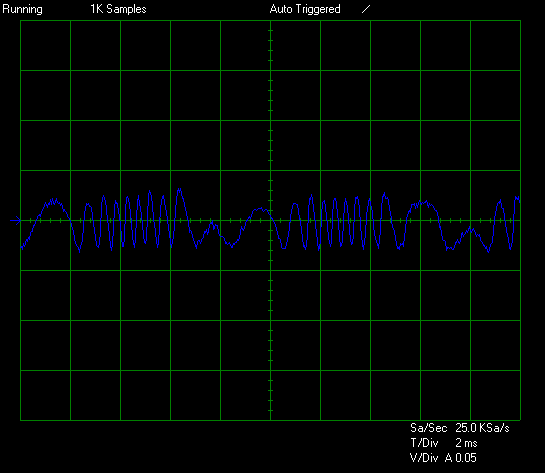
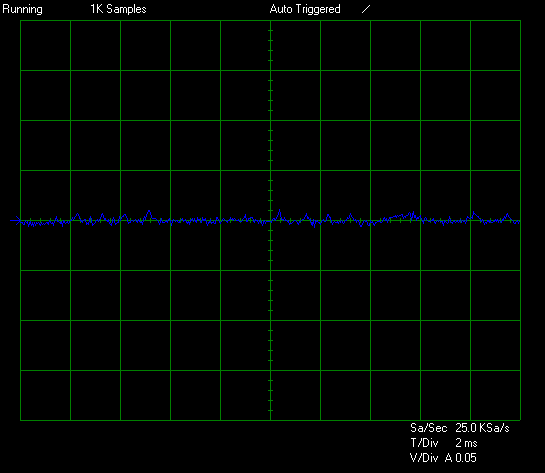
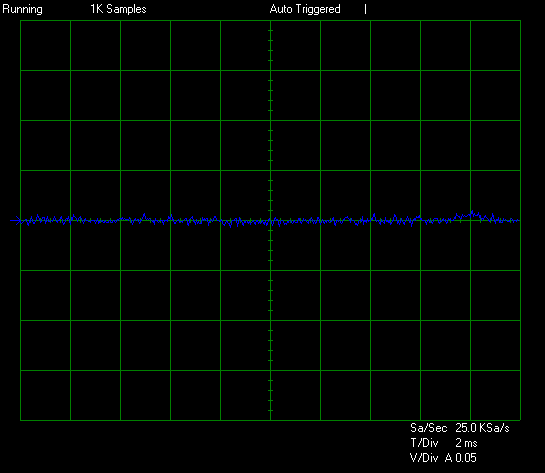
100v Input
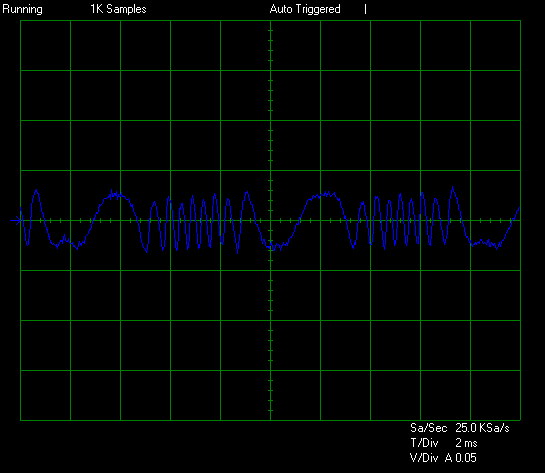
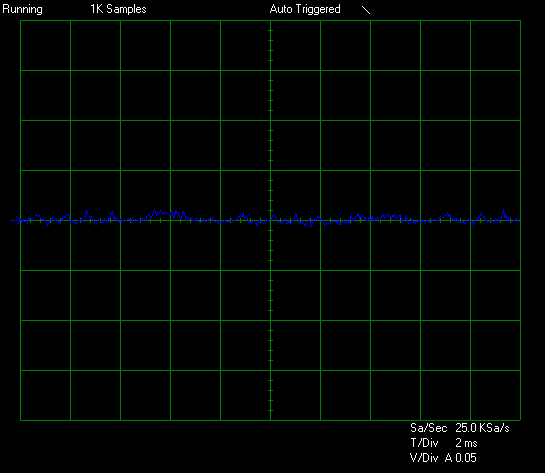
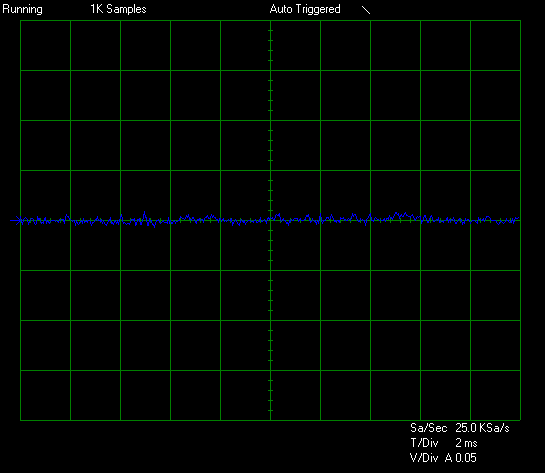
Test #4 is equal to approximately 100% of the rated capacity of the SilverStone SX1000 at 45c. This makes Test #4 equal to 993W by loading the 12v rail to 80a, the 5v rail to 4a, the 3.3v rail to 2a, the +5vsb to 2a, and the -12v to 0.3a . In the final regular test, we see the 12v rail peaking at ~70mV of ripple/noise while the 5v rail is peaking at ~20mV of ripple/noise and the 3.3v rail is peaking at ~15mV of ripple/noise.
Torture Test
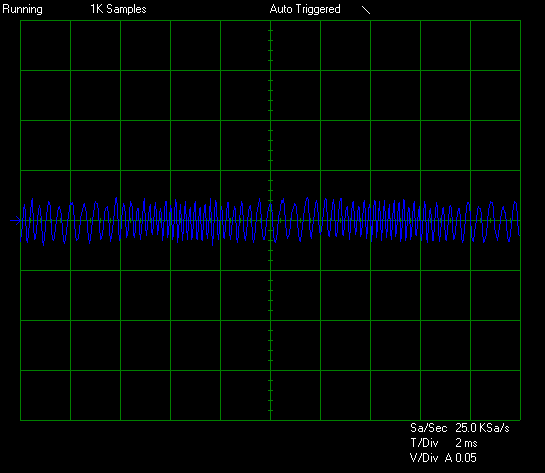

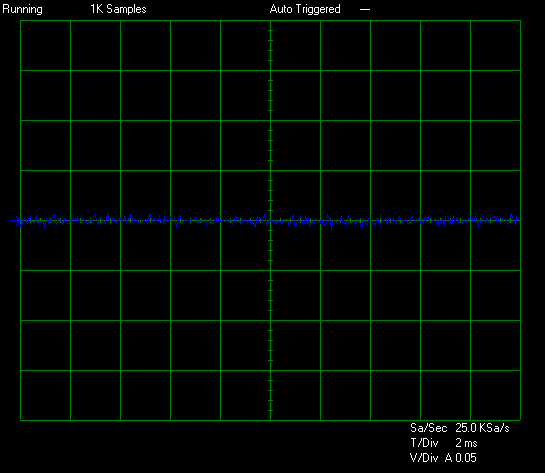
The Torture Test is equal to approximately 80% of the rated capacity of the SilverStone SX1000 at 45C full load. This makes the Torture Test equal to 803W by loading the 12v rail to 62a, the 5v rail to 7a, the 3.3v rail to 5a, the +5vsb to 2a, and the -12v to 0.3a. At the end of the Torture Test, we see the 12v rail peaking at ~55mV of ripple/noise while the minor rails are peaking at ~20mV of ripple/noise.
DC Output Quality Summary
The overall DC Output Quality of the SilverStone SX1000 is passing. The SX1000 ended up posting a peak trace amplitude on the 12v rail of ~70mV followed by ~25mV on the 5v and 3.3v rails. The worst value relative to the ATX12v/EPS specification limits was the 12v rail which hit just above ~50% of the ATX12v specification limit. The minor rails only did a bit better in regards to the specification limits as they hit 50% on the nose.
So, while passing, it seems that cramming this much power into this small of a package may have required some sacrifices to be made. The SX1000 is still within specification limits, though, so it should not be an issue in this regard. It just won’t amaze you in this regard either. Let’s move on now and see how all of this wraps up!

